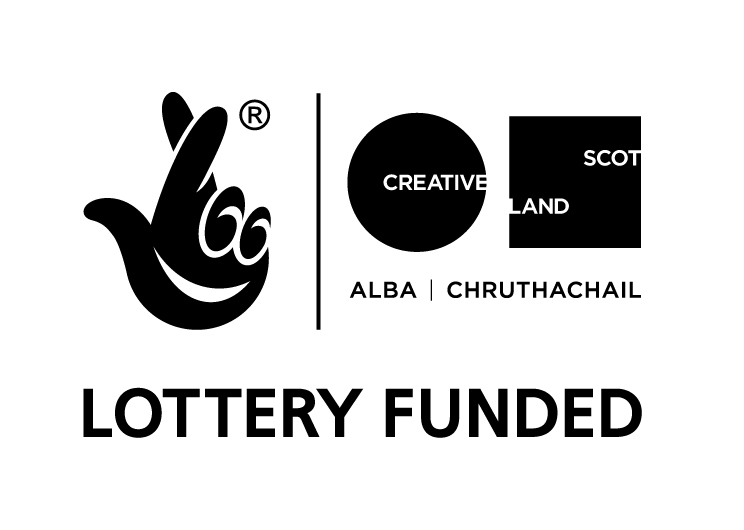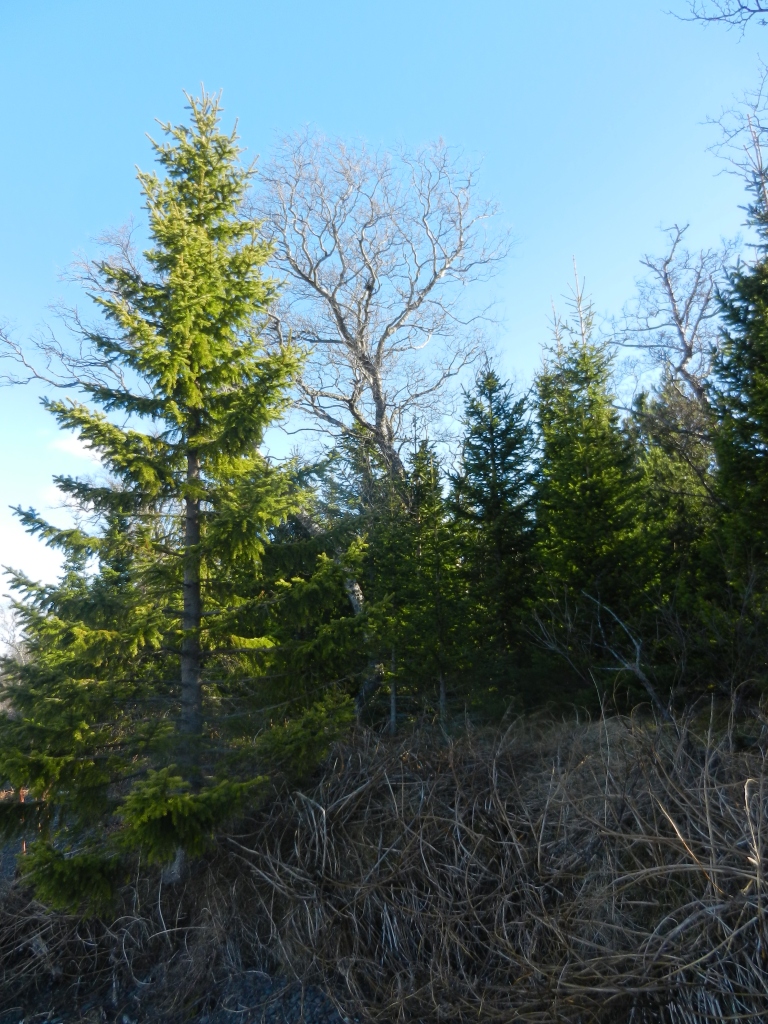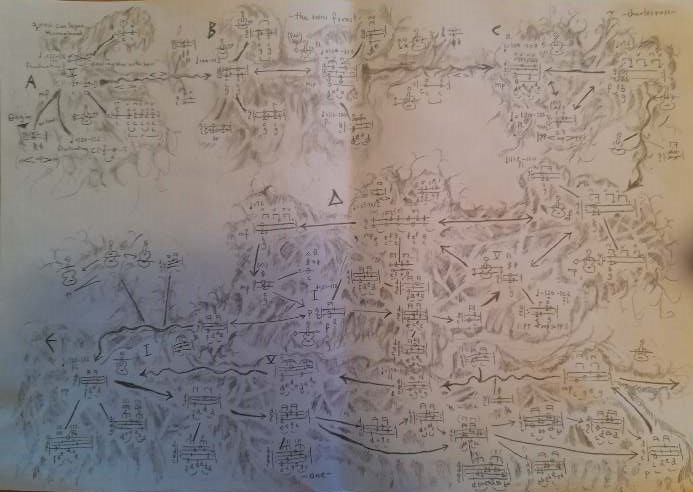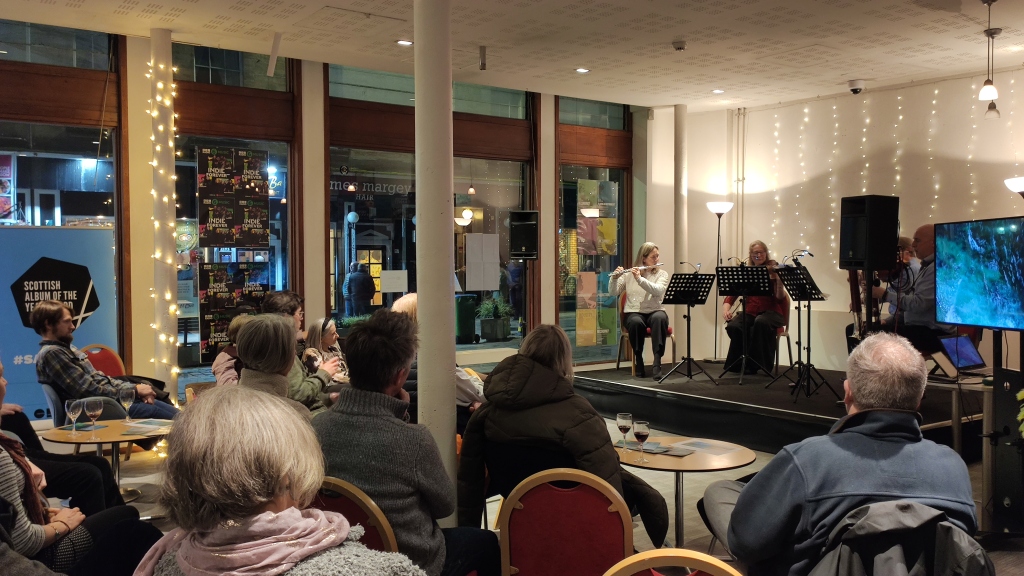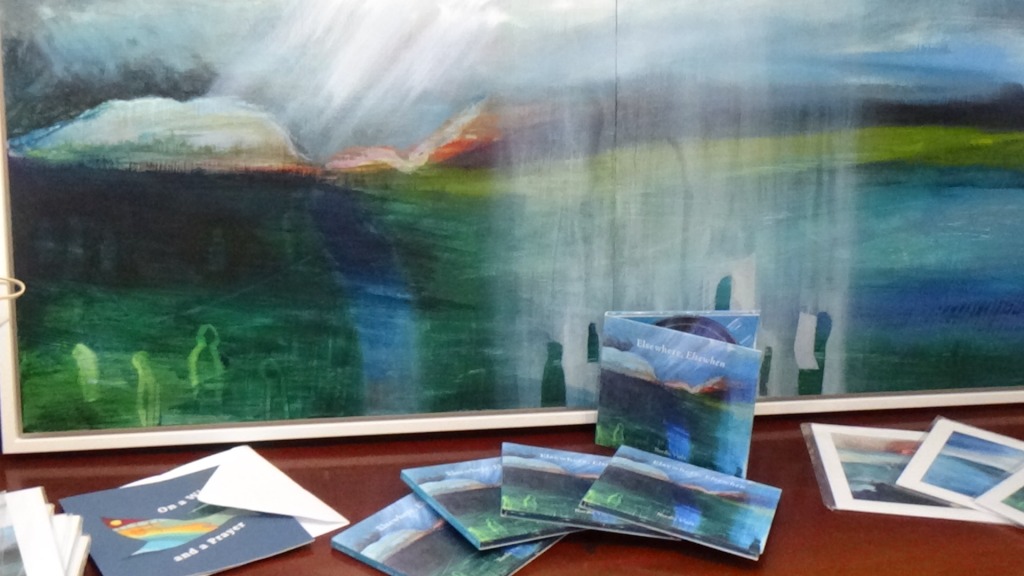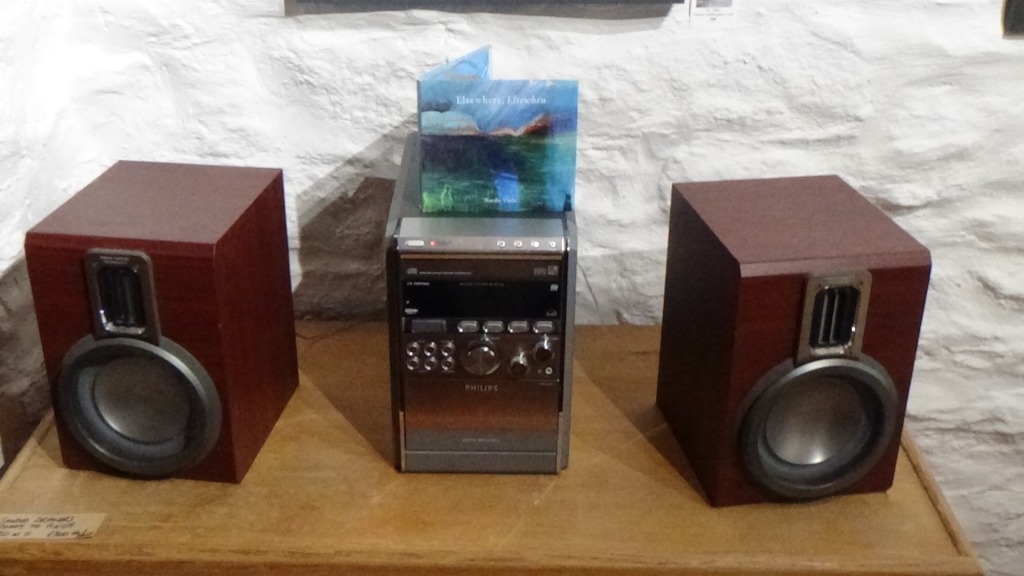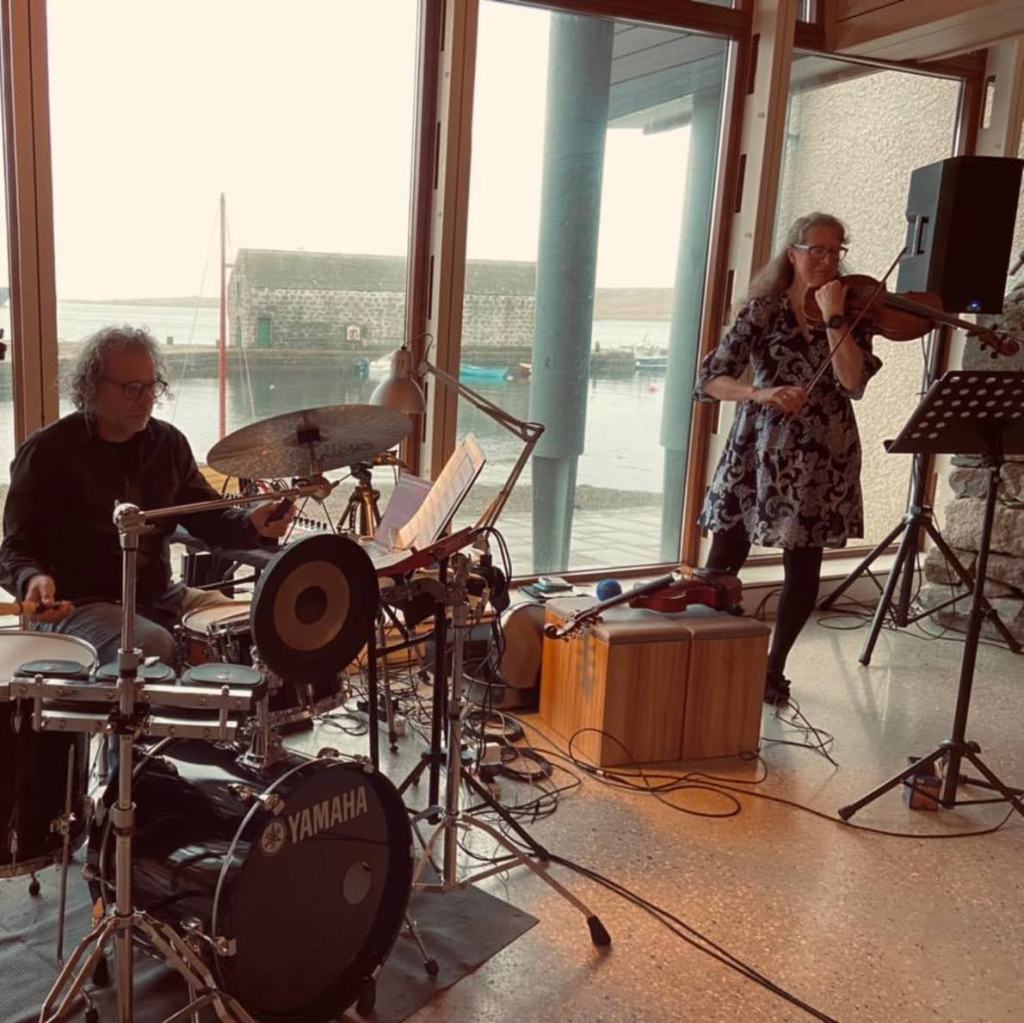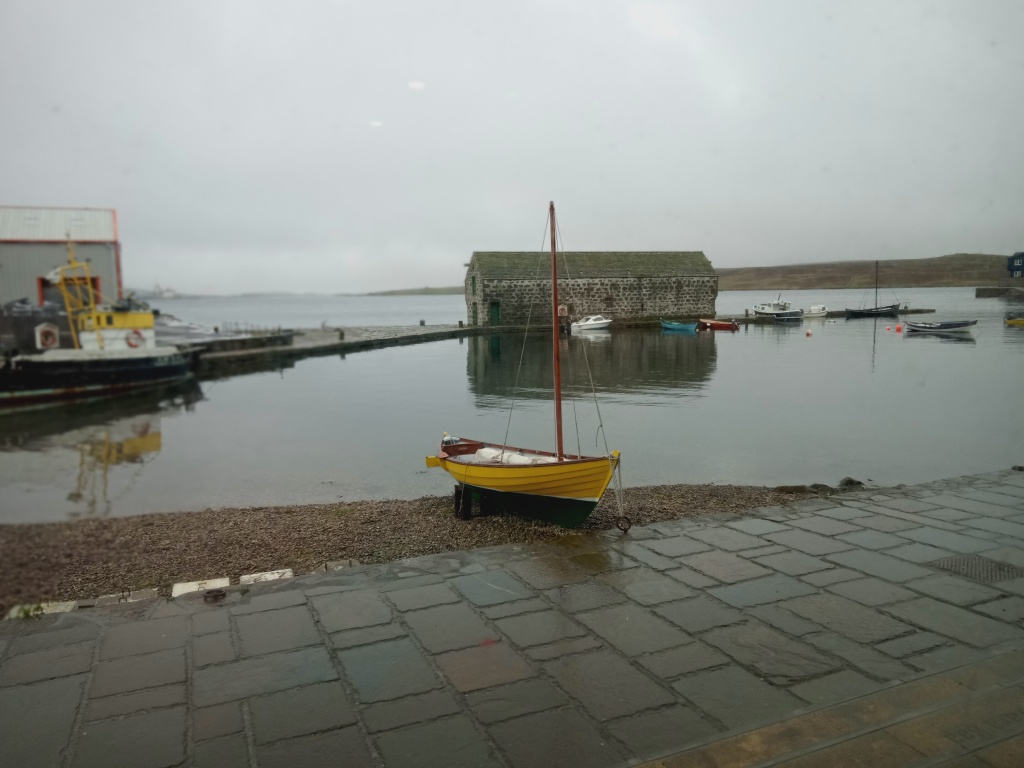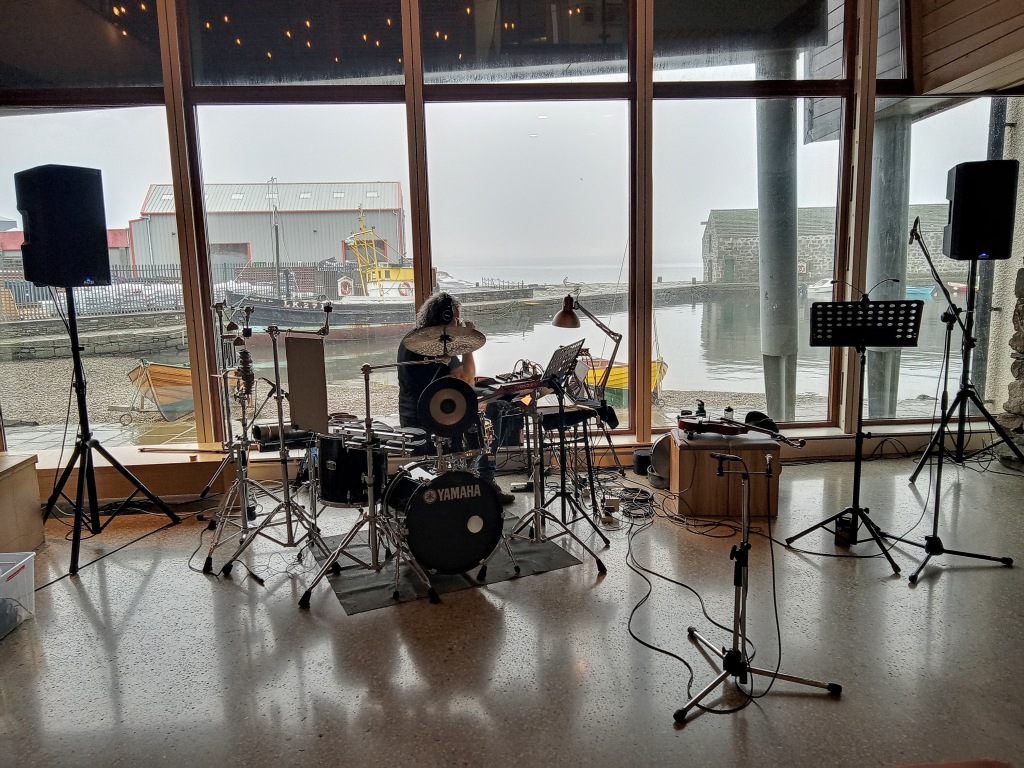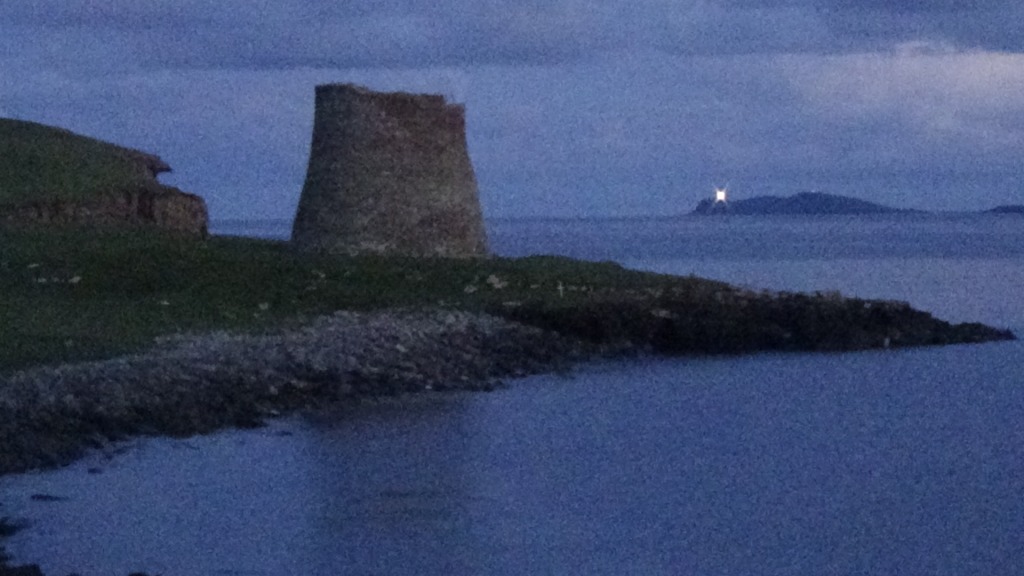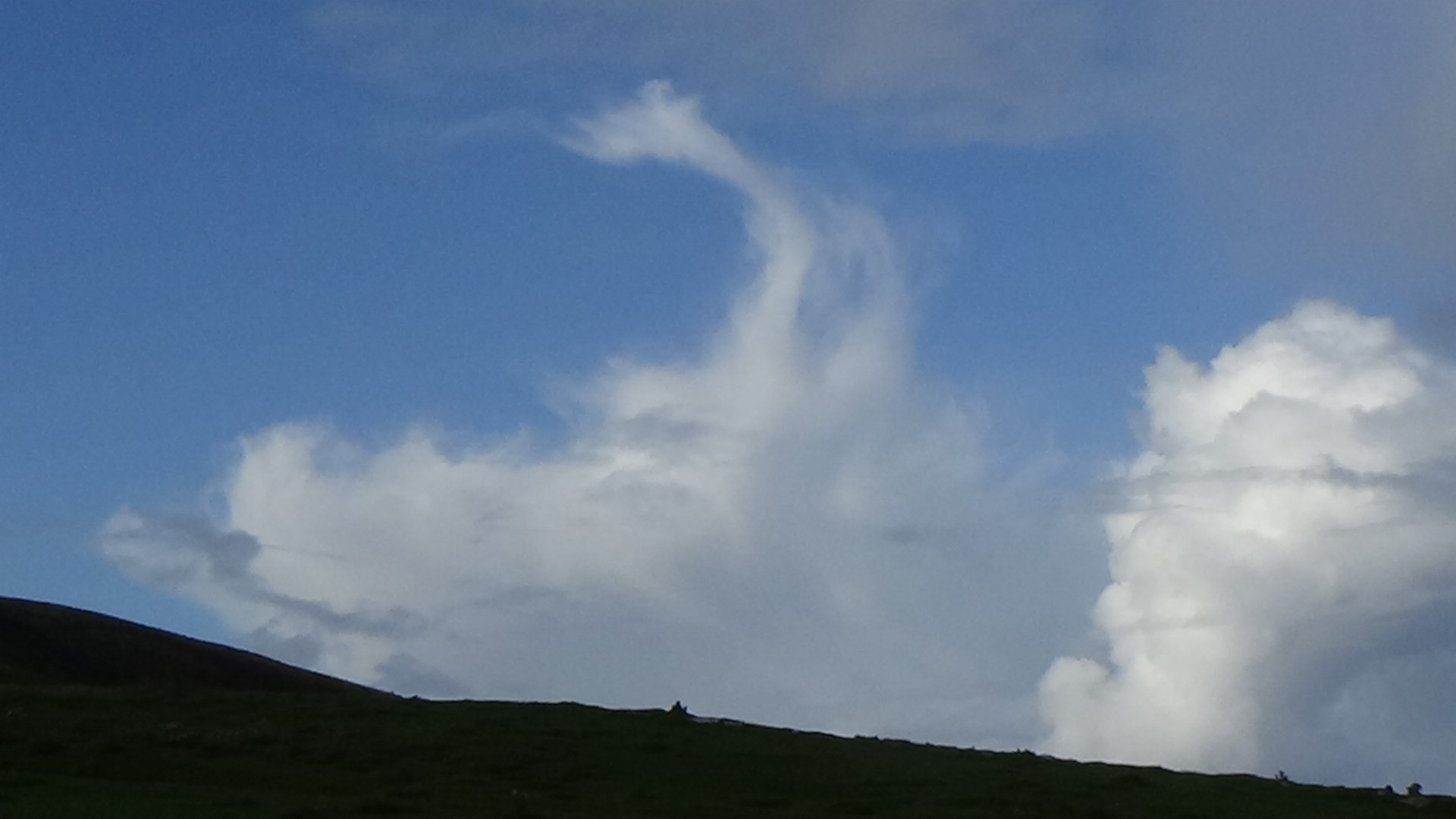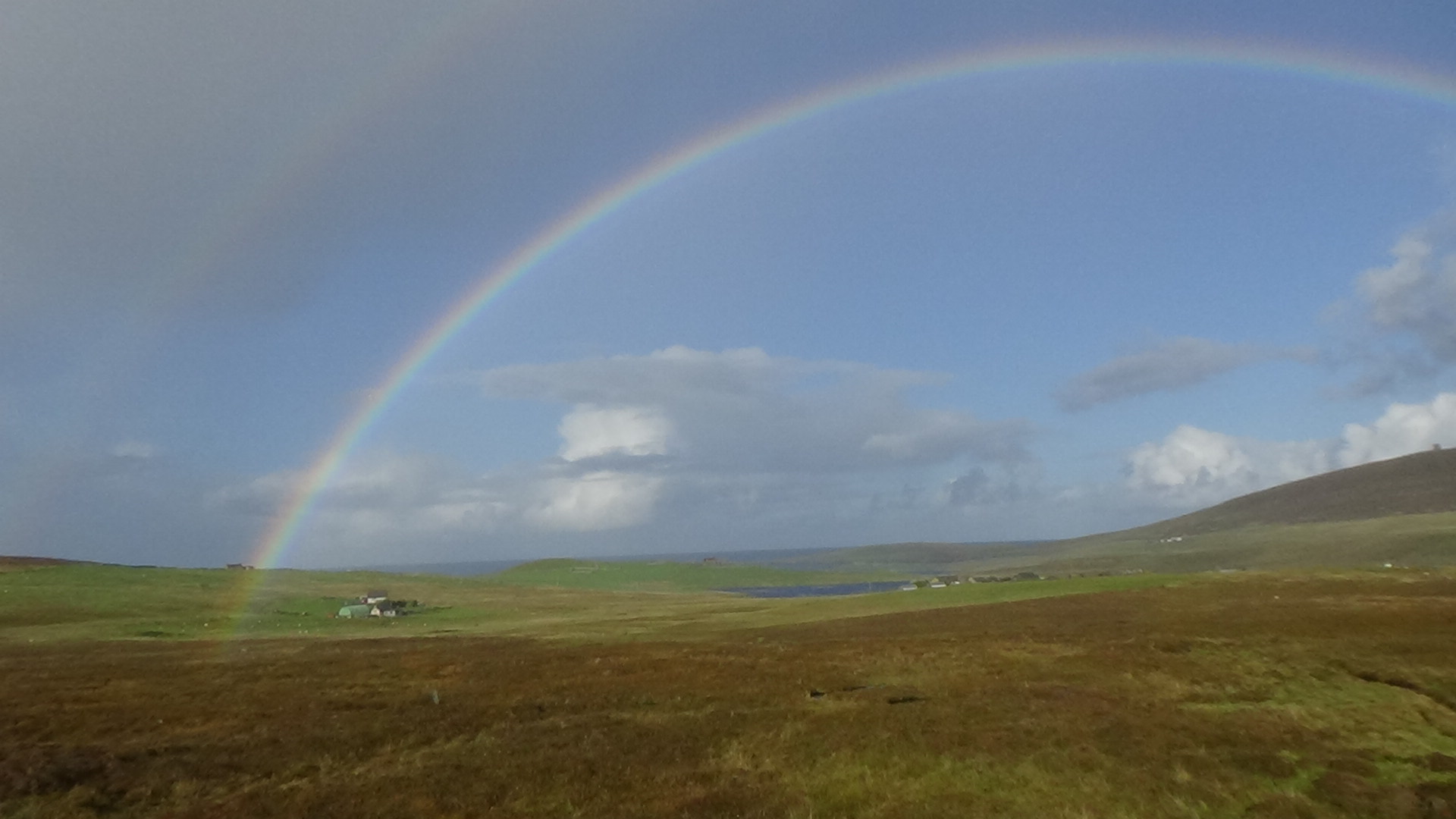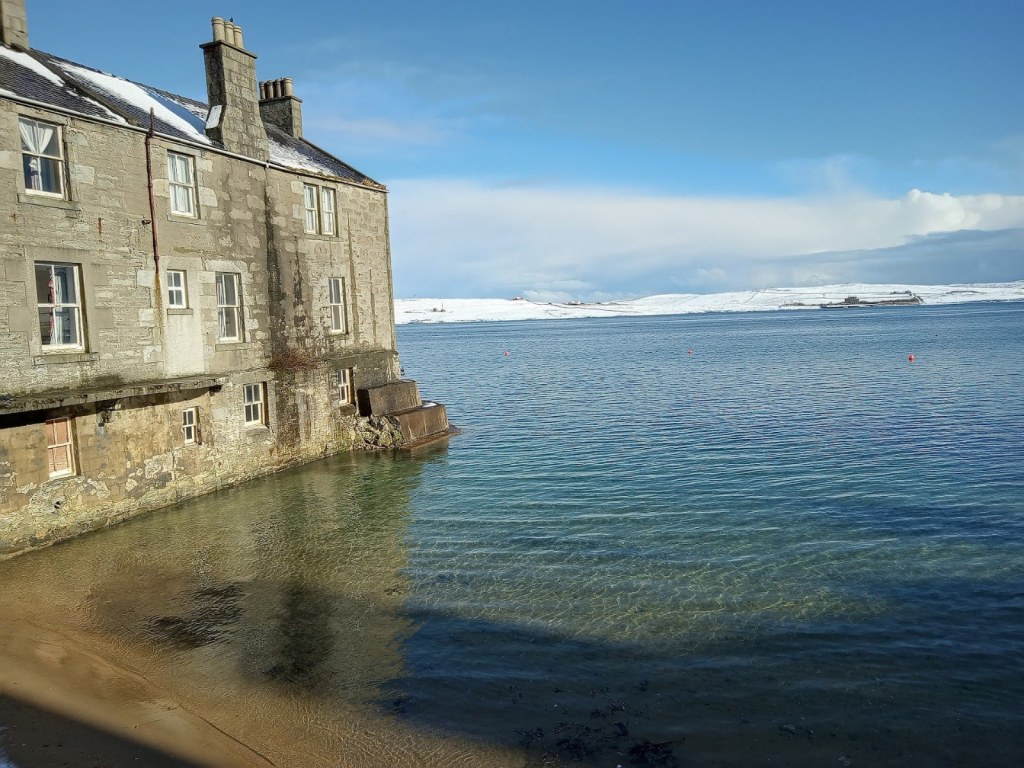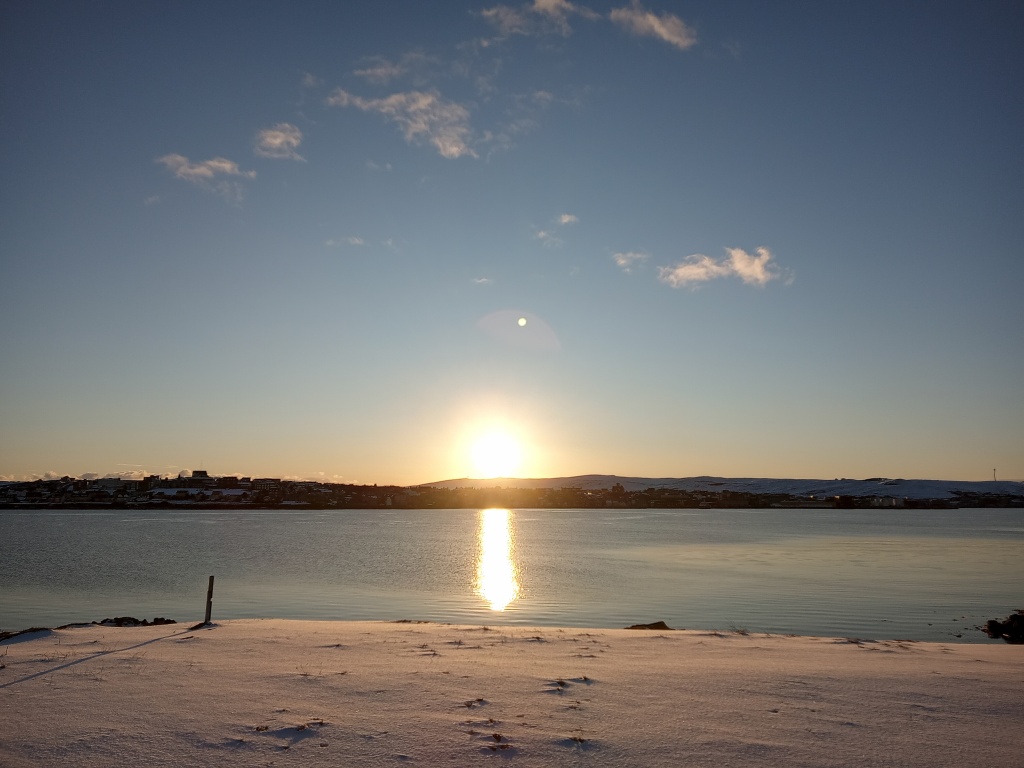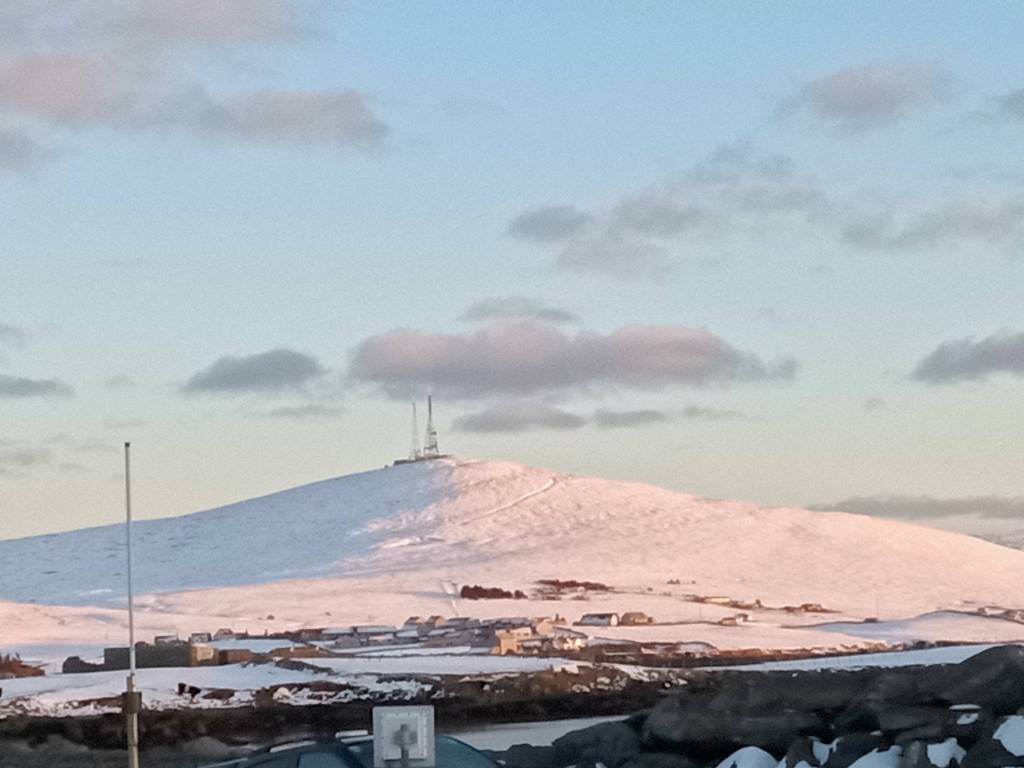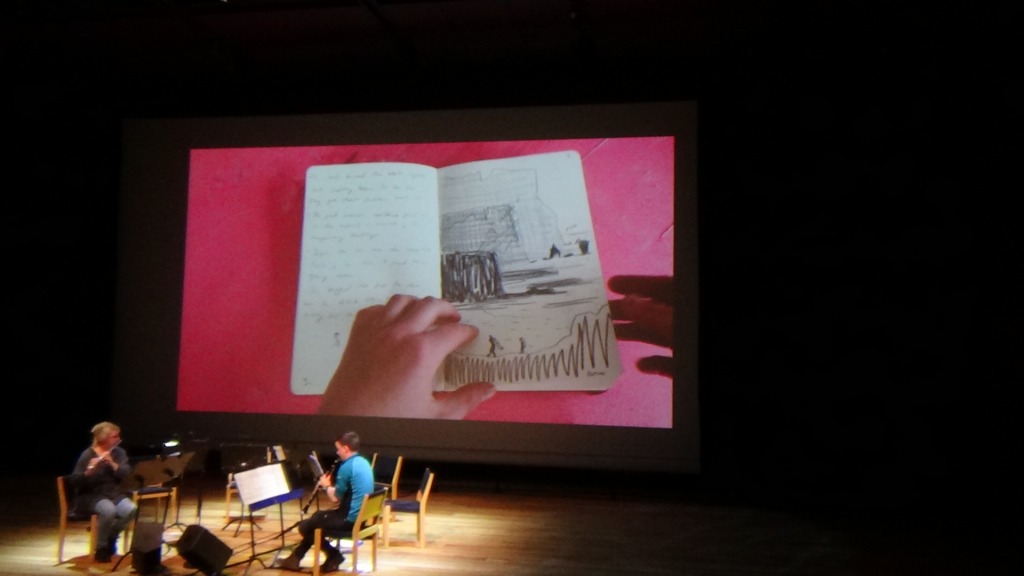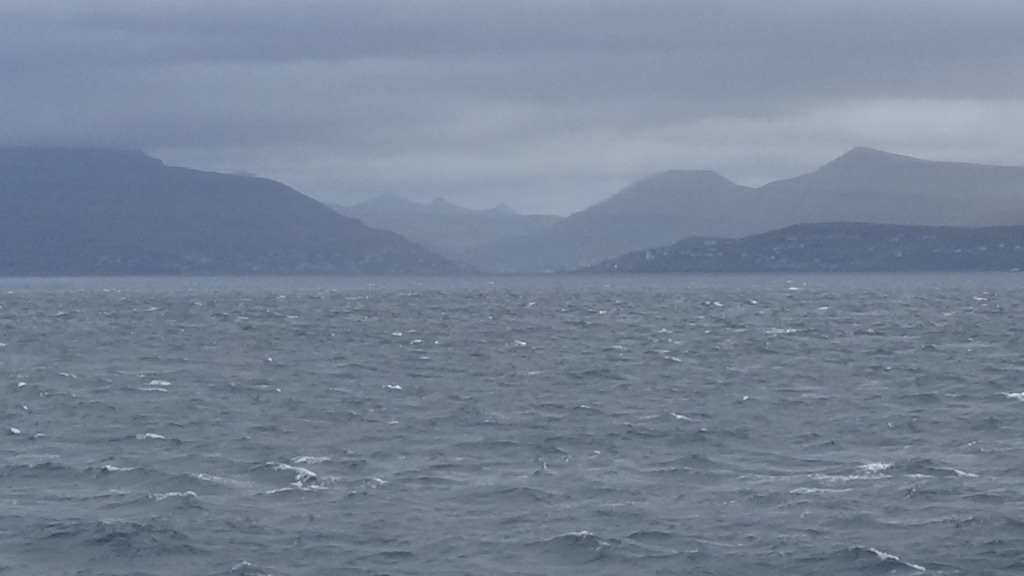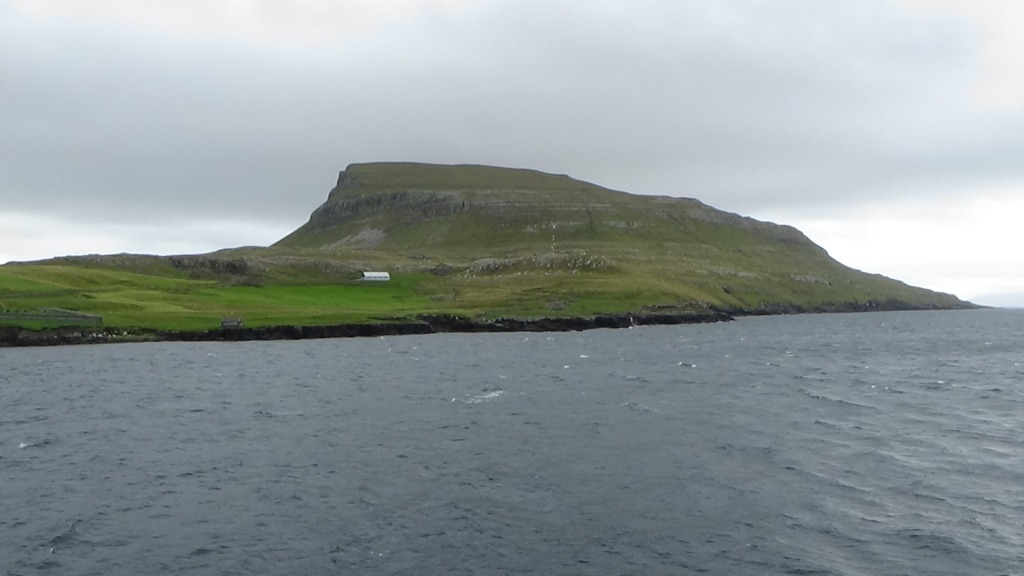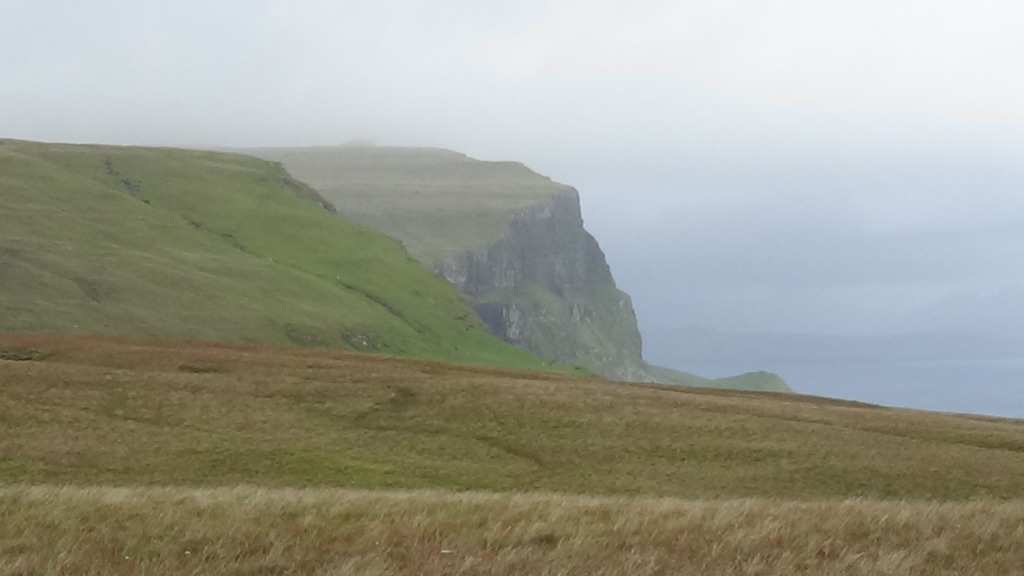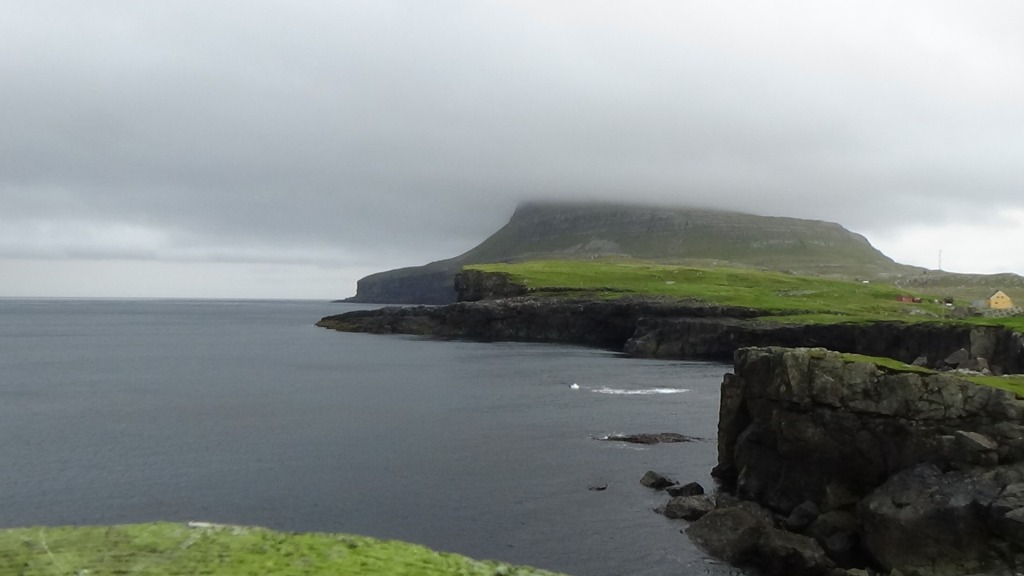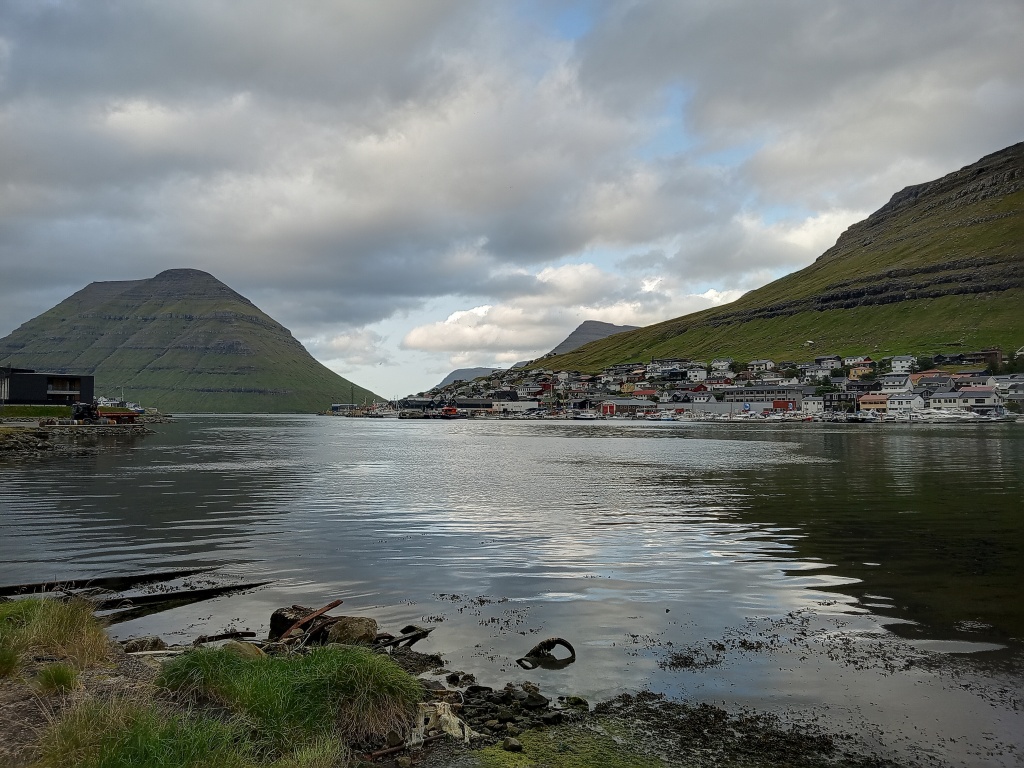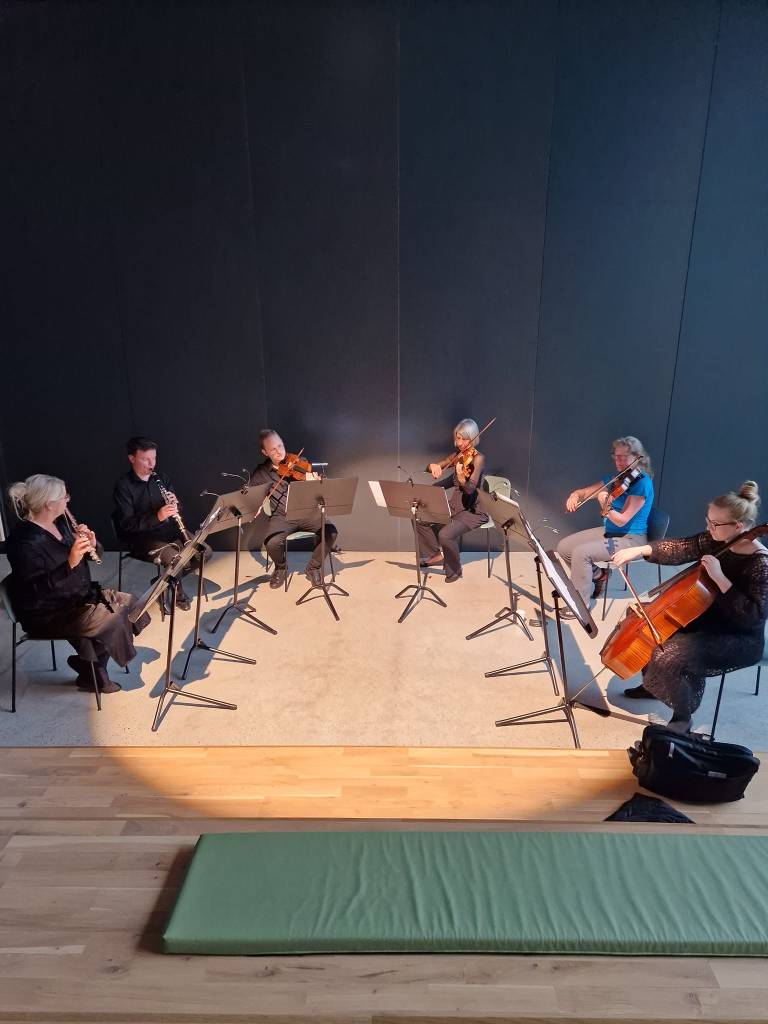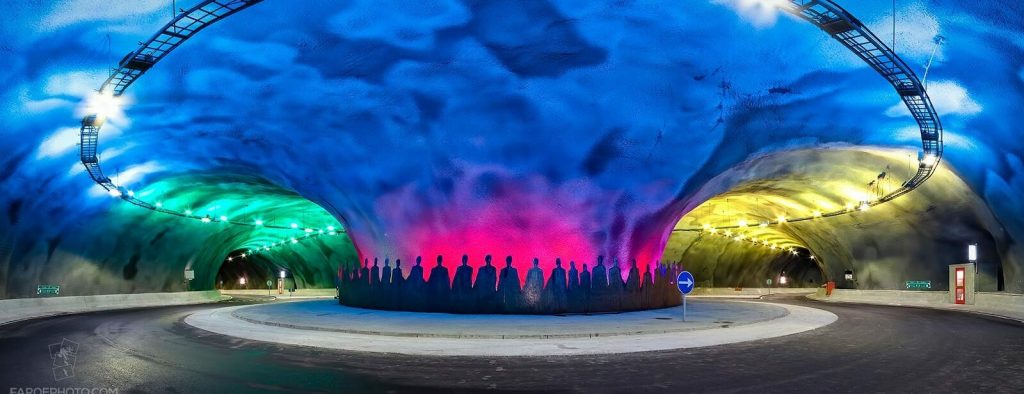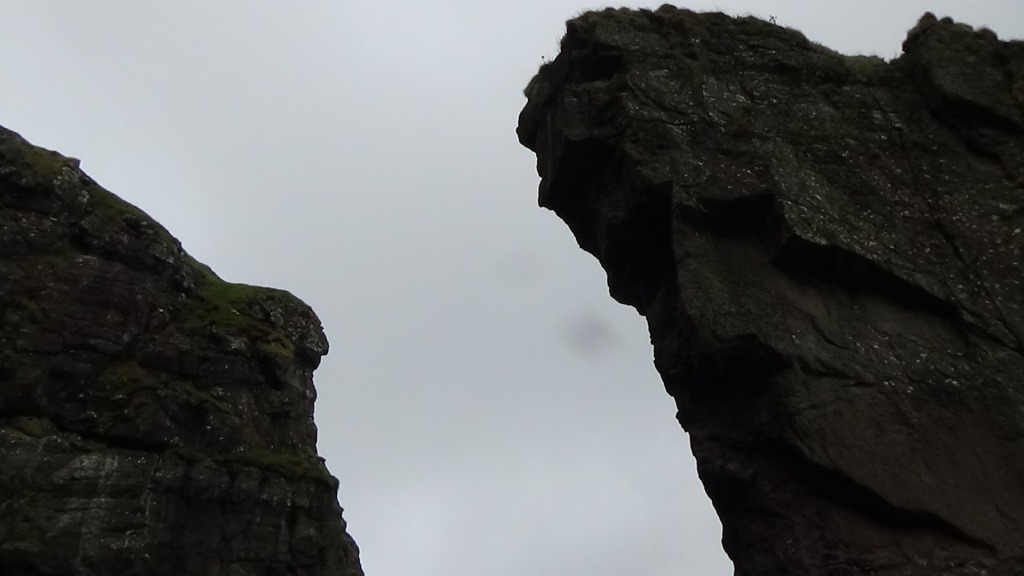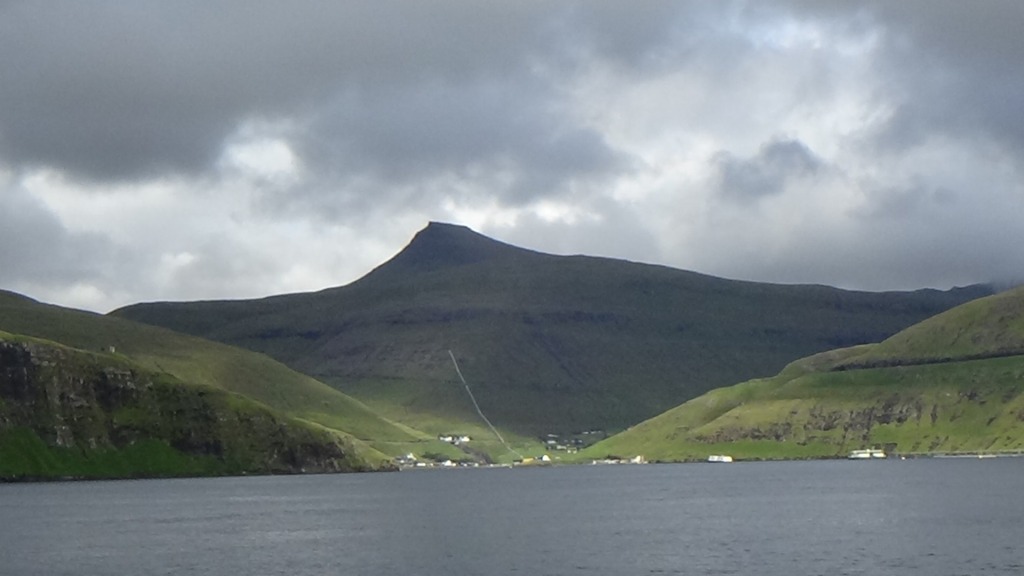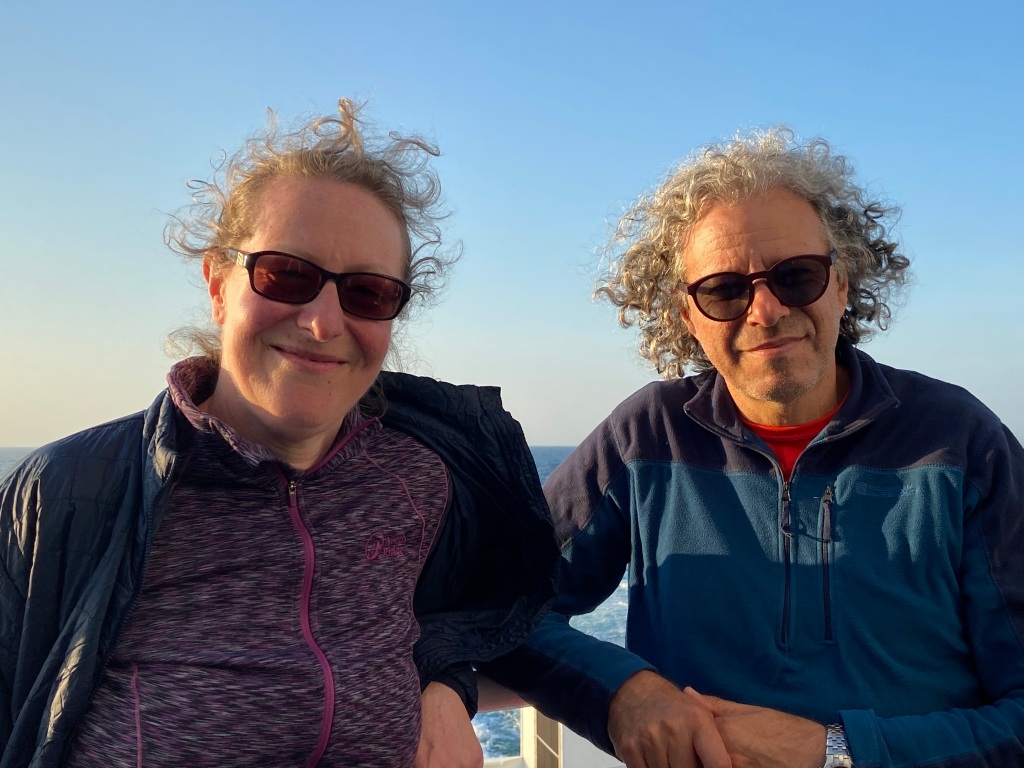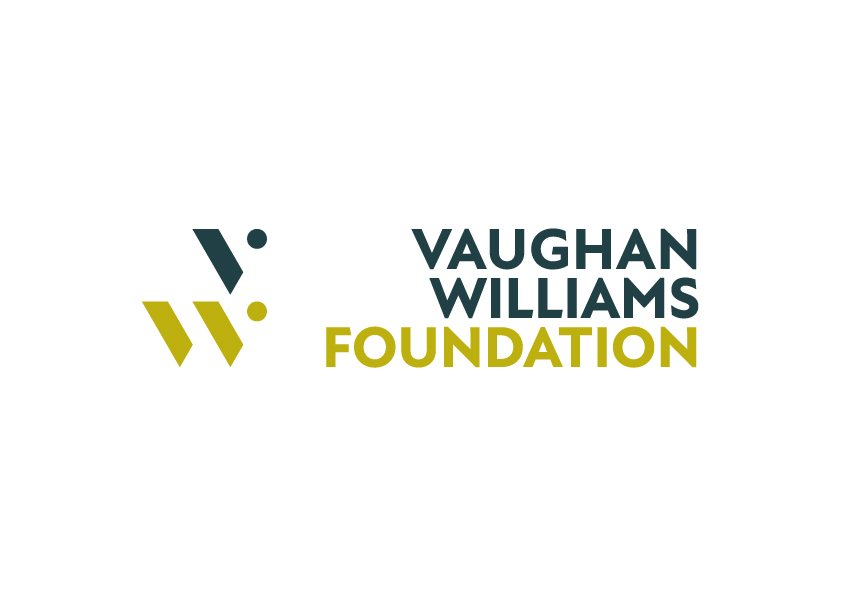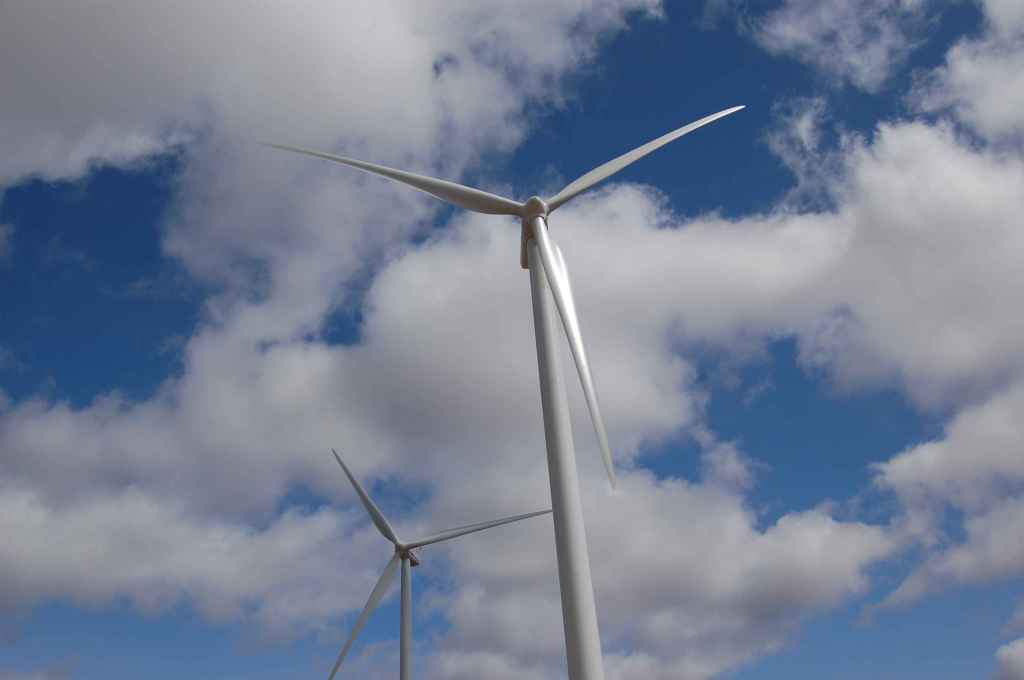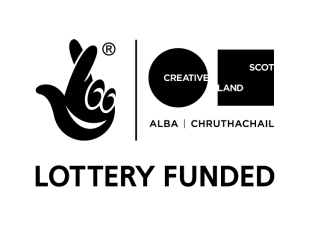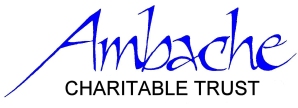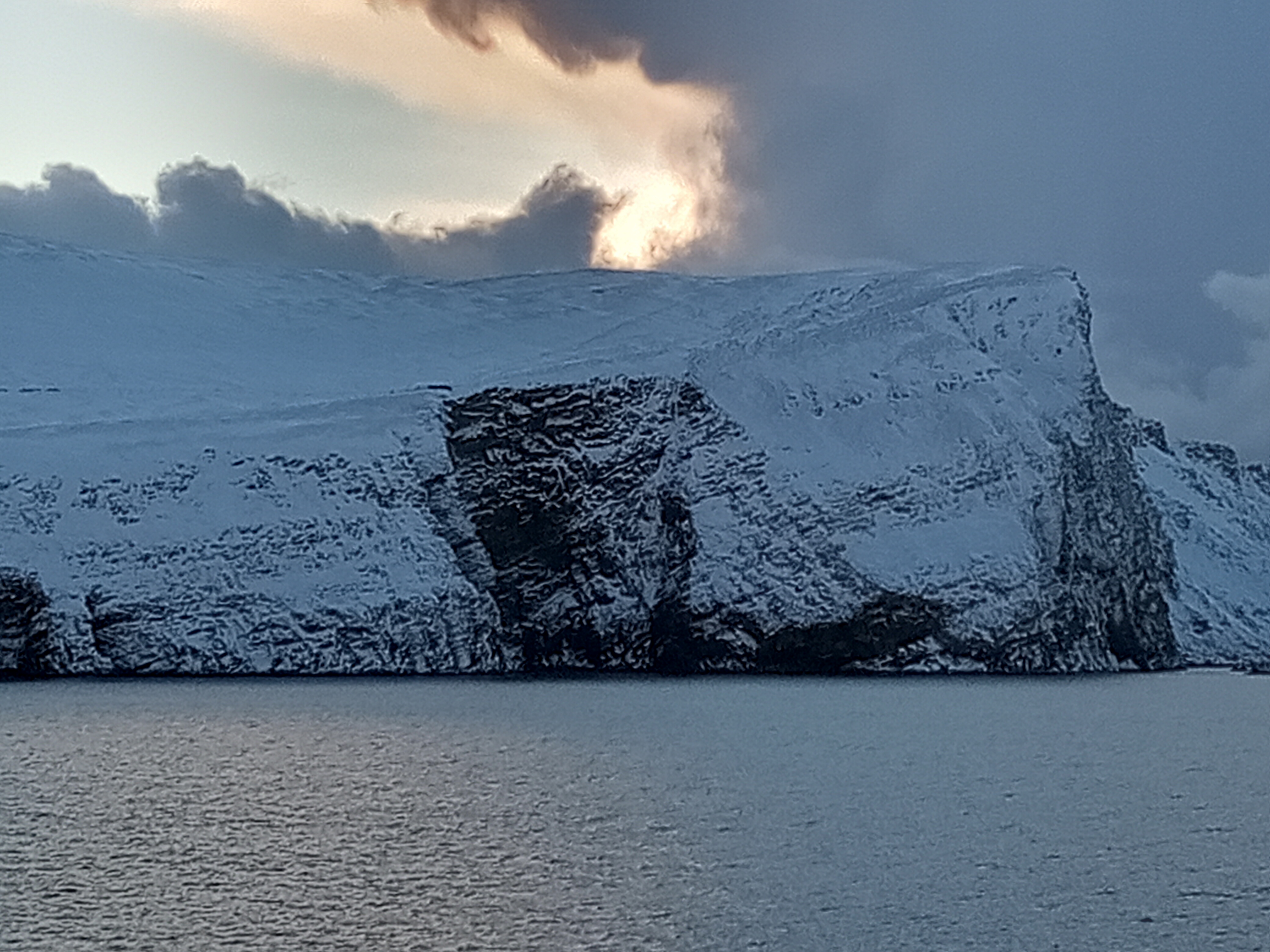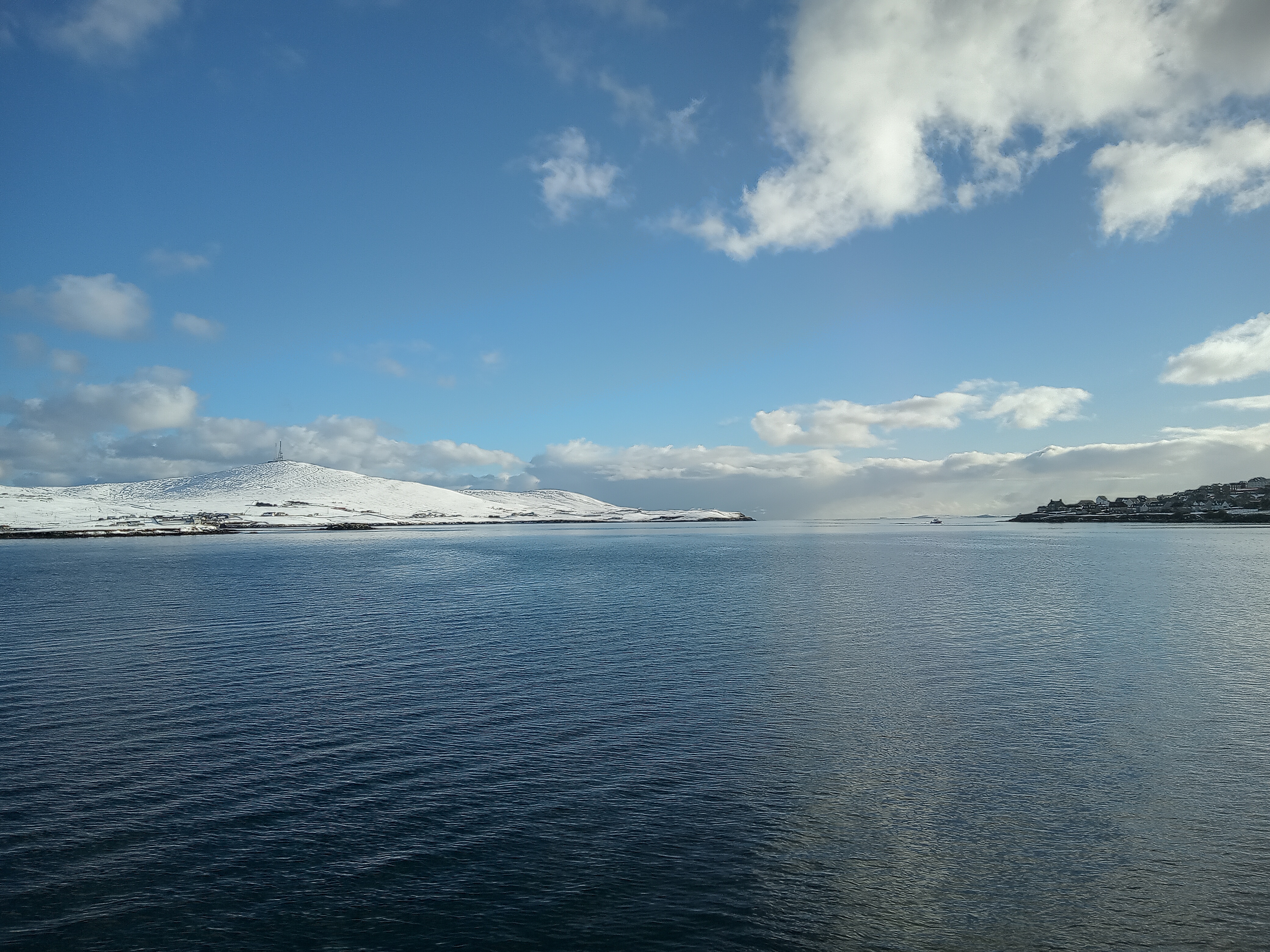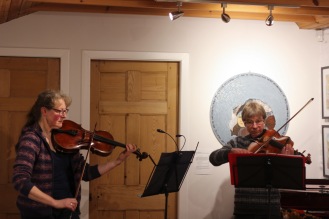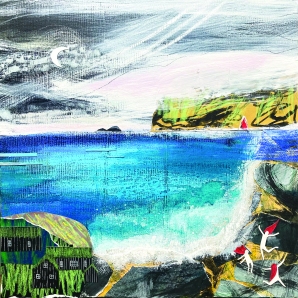
Wow, time seems to have flown by since I last wrote on here and there is so much to talk about!
First of all, and most importantly, On A Wing and A Prayer – Deeside will be streaming as an on-demand online concert 12th-14th April inclusive. Recorded at our performance at The Barn Banchory last month, Pete Stollery has created an incredible binaural sound recording of music by him, Joe Stollery, Charles Ross, Paul Anderson and I. Listen through headphones and you can really feel yourself in the middle of what our audience members on the night described as
“a truly immersive experience that offered a sense of insignificance when confronted with the forces of nature.“
I’ve absolutely loved working on this project based on an area of Scotland that I’ve long loved and with a new commission from Charles Ross from Egilsstaðir, the place in Iceland that most reminds me of home.
You can book the online performance, which will be streamed on Soundcloud, via eventbrite. We are asking for donations to cover the recording fee and online licence.
Don’t worry too much about booking a specific day (an eventbrite quirk!). Once you receive the link, you can listen when you like up to and including 14th April.
Arctic Science Summit Week – Edinburgh
What an absolute honour it was to perform alongside clarinettist Alex South and poet Lesley Harrison at the Arctic Science Summit Week Arts Plenary at Edinburgh University, where we played CETACEA by Alex and I with poetry by Lesley, Karen Power‘s Sonic Cradle and a new piece on changing patterns of whale migration by Alex.
It’s not so often you meet fellow Arctic travellers so it was a joy to make new connections and exchange experiences with composer Michael Begg and artists Georgia Rose Murray and Mary Walters, all of whom have visited and interpreted the Arctic and Antarctic in their own work. It’s impossible to travel to these special places without them making a mark on you and your work so there’s always a feeling of kinship when we get to meet – that feeling that the other person deeply understands what it is that draws you to the farthest northern regions.
There were also books available to take away outlining current Arctic scientific research, all of which will feed into future work.


Ummannaq Polar Institute
The absolute highlight for me, though, was watching and listening to the young people of Ummannaq Polar Institute. I have long admired the work carried out by Ann Andreasen and her team at the children’s home. These young people have been through a lot in their lives and music is a valuable social and therapeutic tool. (They also use the “El Sistema” teaching method, whose sucess we’ve also witnessed here in Scotland through “The Big Noise.”)
The pride, assurance, love and commitment with which they delivered their programme was an absolute credit to them. They’re great musicians and it was an emotional experience for me to hear the sound of Greenlandic music and language live for the first time in 5 years. To talk to Ann as well as a lovely young lady from the choir afterwards was an honour and I sincerely hope to visit them in Uummannaq in the not too distant future.
Here’s one of their music videos from earlier this year on youtube so you can hear them for yourselves:
Greenland/Shetland project – Nordic Music Days
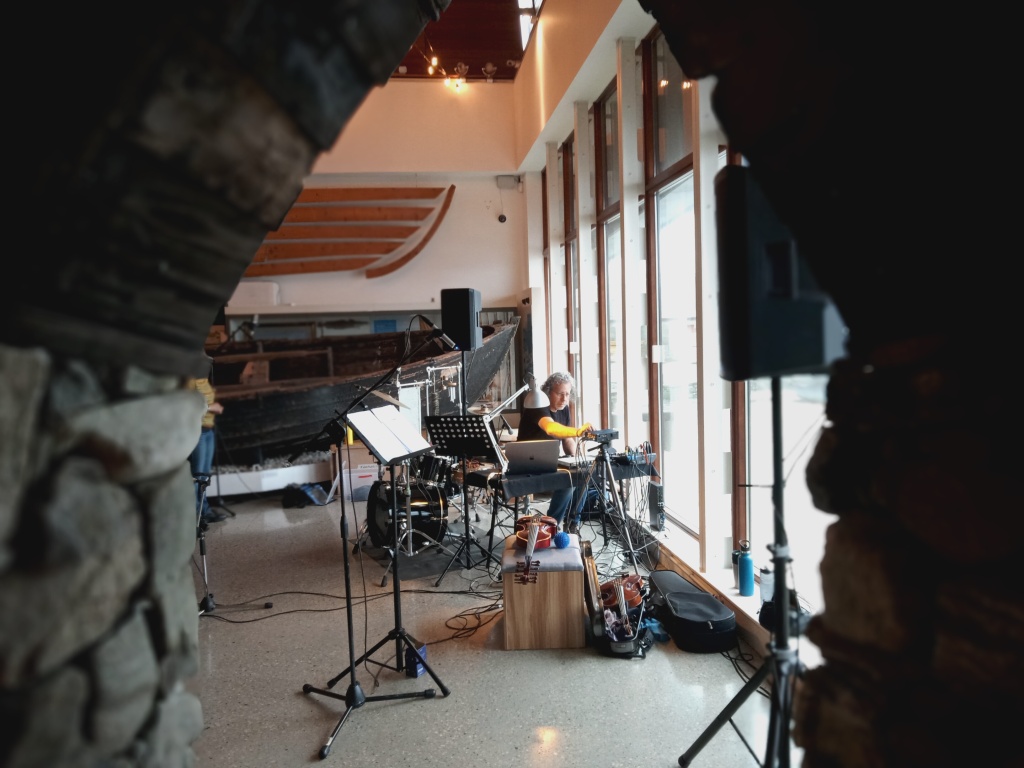
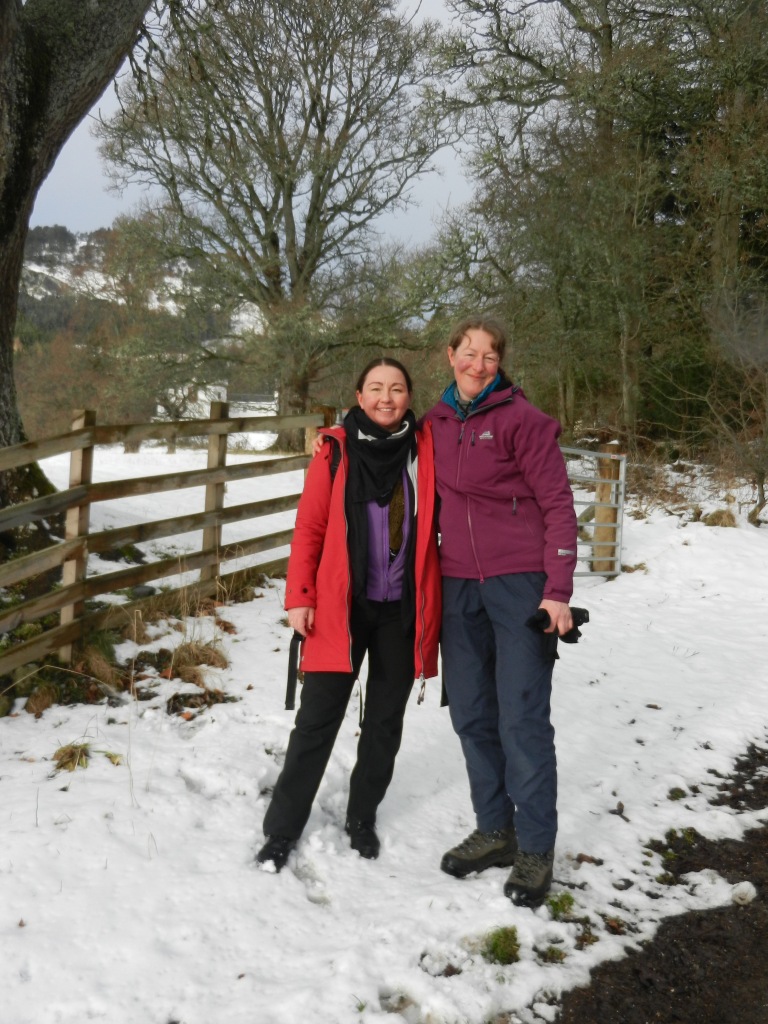
Well, the ASSW was the perfect kickstart to our next project which will start with a residency in Shetland in a couple of weeks’ time.
With the support of Creative Scotland, I’ll be working once again with Shetland resident Renzo Spiteri and Greenlander Arnannguaq Gerstrøm, who is currently living in Denmark, towards a performance at Nordic Music Days in Glasgow in late October/early November. We’re interested in the intersection of cultures between Shetland and Greenland at 60 degrees latitude. There are a surprising number of parallels between these two places with histories and music intertwined from the early Norse settlers, through whaling and fishing voyages in the 18th and 19th century to modern industries such as fishing, tourism and renewables. Even the coastal landscapes bear a remarkable and, perhaps, surprising resemblance. Here are two pictures I constantly return too:
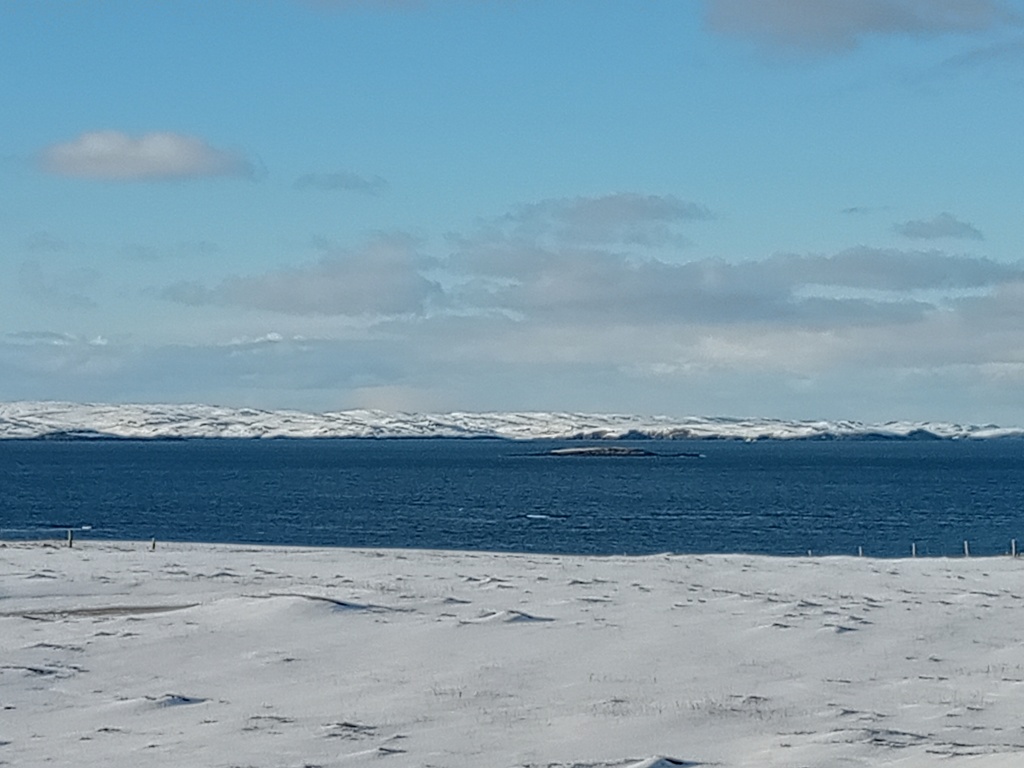
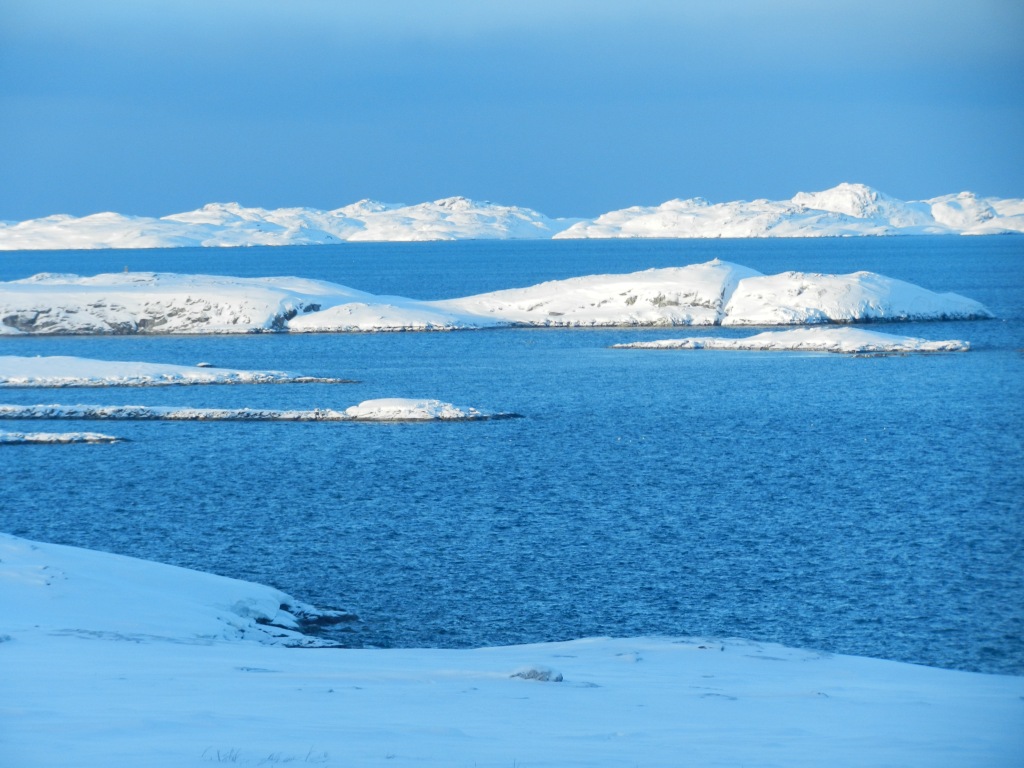
I first met Arnannguaq in Nuuk, Greenland, in 2017 and commissioned a piece, “Ukioq”, from her which we premiered in the RSNO chamber series in Glasgow 2018. We subsequently recorded it last year and it’s on our album Elsewhere, Elsewhen which you can buy here. I’m really excited to be working together again and, this time, performing together with Arnannguaq on flute as well as Renzo on percussion. We’ll very likely be bringing in field recordings from both islands to our work, too.
Art at Stirling/RCS
Next time I’ll tell you about a new collaboration between Nordic Viola, Art at Stirling University and the composition department of the Royal Conservatoire of Scotland. I’ve just received a set of freshly minted scores for flute/clarinet/viola/cello inspired by the art collection and it’s going to be a fun, fresh and exciting project
Meantime, enjoy listening to On A Wing and A Prayer Deeside next weekend and I look forward to hearing your responses.


